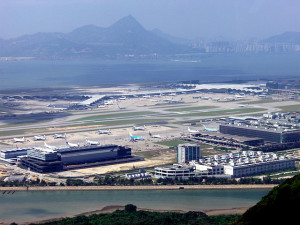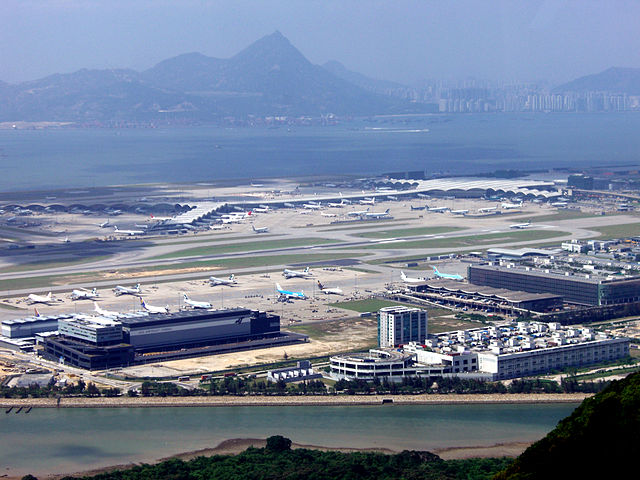 After three years of stagnation, worldwide airport cargo posted growth in 2014, with the Asia-Pacific region handling the largest amount of freight, according to the latest annual “World Airport Traffic Report” of Airports Council International (ACI).
After three years of stagnation, worldwide airport cargo posted growth in 2014, with the Asia-Pacific region handling the largest amount of freight, according to the latest annual “World Airport Traffic Report” of Airports Council International (ACI).
Cargo volume increased by 4.7% last year to 102 million metric tonnes (MT), with positive levels of growth across all six regions, said ACI in an emailed release.
“Despite the uneven recovery in the global economy, there was a net increase in global demand for foreign goods and commodities in 2014,” said Angela Gittens, director general of ACI World. “The overall flow of exports and imports by sea, land and air, measured by world trade volumes in goods and services, has grown.”
She added: “The American economic rebound and the rise in consumer spending helped stimulate major exporters of high-tech goods such as tablets, laptops and mobile phones. This helped awaken the air cargo market in the last quarter of 2013 and into 2014 after several years of sluggish growth.”
Asia-Pacific hubs processed the biggest volume of air cargo during 2014 with 40.5 million MT, up 6.3% over 2013. North America came in second place with 28.9 million MT, up 3% over 2013, while Europe landed in third spot with 18.4 million MT, up 3.2% over 2013.
In fourth, fifth, and sixth positions were the Middle East (7.4 million MT, up 9.2% over 2013), Latin America-Caribbean (5 million MT, up 0.6% over 2013), and Africa (1.9 million MT, up 5.1% over 2013).
As for the busiest cargo airports, the world’s air cargo market is highly concentrated, with the top 30 hubs handling 53% of global volumes.
Hong Kong and Memphis retained their first and second places, respectively, with 4.4 million and 4.3 million MT in 2014. In third place was Shanghai, while Incheon settled for fourth. Sliding up to fifth from sixth place in 2013 was Anchorage, while falling to sixth from fifth was Dubai. Louisville held on to the seventh spot (same as in 2013), even as Tokyo moved to eighth (from 10th) and Frankfurt slipped to ninth (from eighth), and Taipei moved up to 10th (from 11th).
The 2014 annual report culled from data gathered from over 2,200 airports in more than 160 countries worldwide also observed how advanced economies managed to close the gap in growth rates with emerging economies.
“In previous years there was a marked divergence in growth between airports located in emerging markets and those in advanced economies. That is, the mature markets of North America and Europe experienced modest growth levels whereas the major emerging economies such as BRICS (Brazil, Russia, India, China and South Africa) posted significant gains year after year. However, Europe and North America have rebounded in 2014, which resulted in a form of convergence in growth rates across the regions,” Gittens added.
But she predicts that long-term growth will continue to be propelled by the emerging nations. “Irrespective of the short-run changes in the business cycle, long-term growth prospects in air transport demand will continue to come from emerging markets.”
She said this is “largely because of the demography of these markets—most of the world’s population resides in emerging markets and developing economies. Liberalization of air transport, sizeable population bases and rapid rises in per-capita incomes in these markets are the main economic engines driving this phenomenon.”
As for the outlook for 2015, the report said preliminary airport traffic results for the first half of the year indicate that the rate of growth in air cargo markets has slowed compared to 2014.
Photo: Ken’ichi





